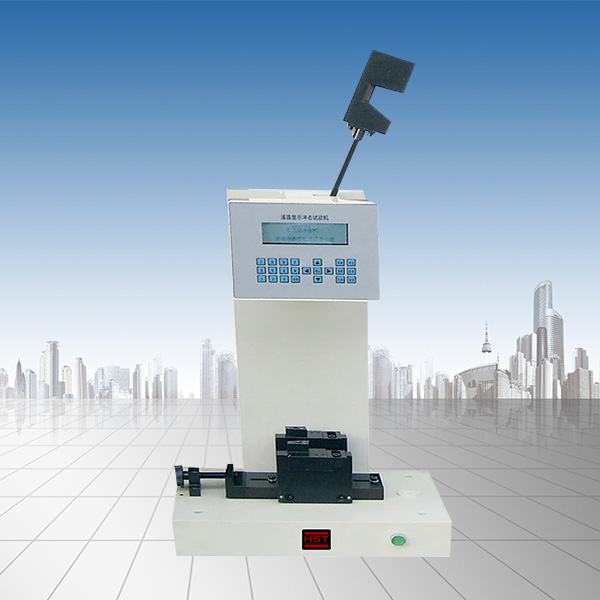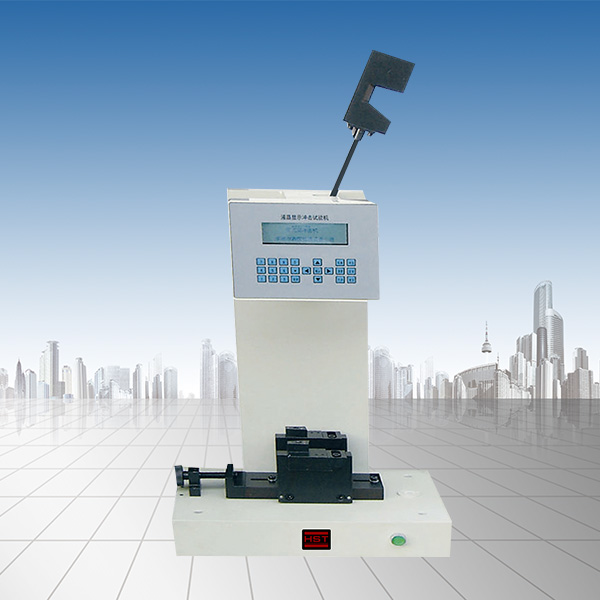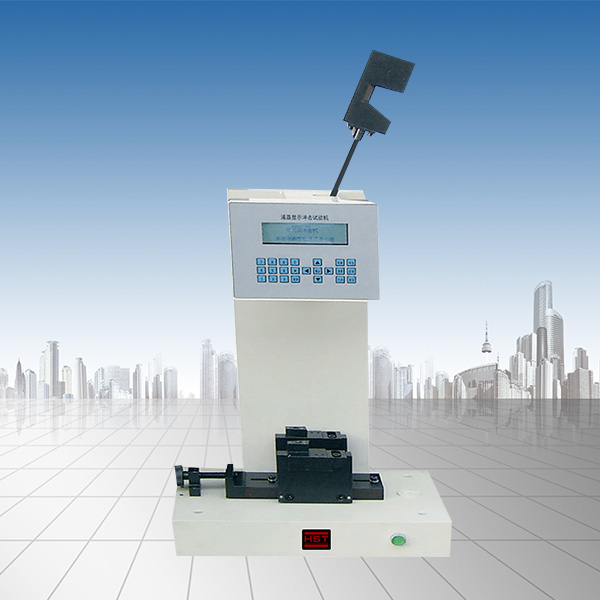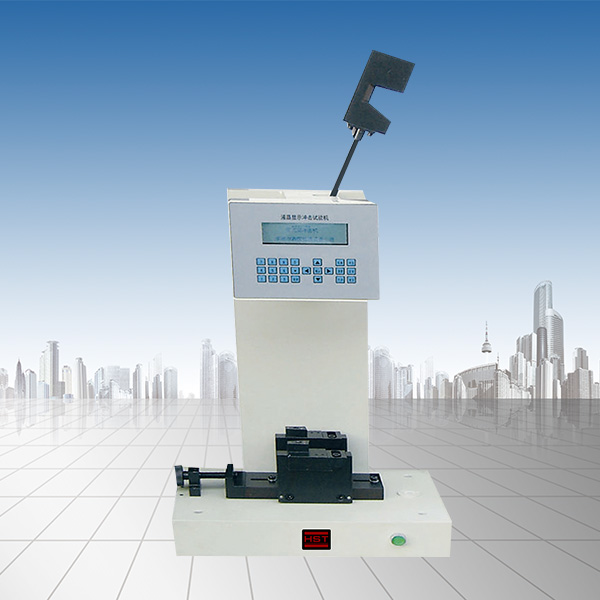News
Performance and use of metallographic microscopes
Release time:2019-09-10 source:Jinan Hengsi Shanda Instrument Co., Ltd. Browse:
Metallographic microscope is a high-tech product developed and developed by perfectly combining optical microscope technology, photoelectric conversion technology, and computer image processing technology. It can easily observe metallographic images on computers, thereby analyzing metallographic images, ratings, and outputting and printing pictures. Let’s analyze the performance and use of metallographic microscopes.
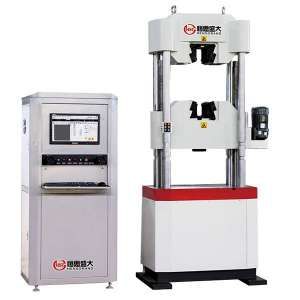
1. Performance of metallographic microscope
The performance indicators of microscopes mainly include magnification, resolution, depth of field, etc.
1. Magnification m: refers to the product of the objective lens magnification m1 and the eyepiece magnification m2. m=m1xm2
2. Resolution d: reflects the ability of the microscope to clearly distinguish the minimum distance mapping between two points on the sample from the microscope for the finest tissue on the sample. The smaller the d value, the higher the discrimination rate. It is an important property of microscopes. Where: λ—the wavelength of incident light; a—the numerical aperture of the objective lens;
3. Depth of field, that is, the vertical resolution of a microscope, refers to the ability of a microscope to clearly image uneven objects.
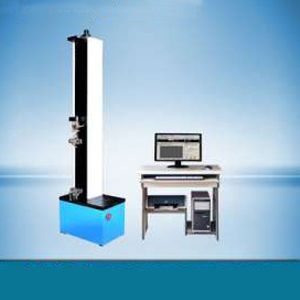
2. The use of metallographic microscopes
1. According to the magnification requirements required for observing the sample, the objective lens and eyepiece are correctly selected and installed on the objective lens base and in the eyepiece barrel respectively.
2. Adjust the center of the stage and the center of the objective lens, place the prepared sample in the center of the stage, and the observation surface of the sample should be facing downward.
3. Insert the microscope's bulb on the low-voltage transformer (6~8v), and then plug the transformer plug into the 220v power socket to make the bulb illuminate.
4. Turn the coarse focus handwheel to lower the stage so that the surface of the sample observation is close to the objective lens; then turn the coarse focus knob in reverse to raise the stage so that a blurred image can be seen in the eyepiece; finally turn the fine focus handwheel until the image is clearest.
5. Adjust the aperture stop and field stop appropriately, and choose appropriate filters to obtain an ideal object image.
6. Move the stage back and forth, left and right, and observe different parts of the sample to comprehensively analyze and find the most representative microstructure.
7. After the observation is completed, the power supply should be cut off in time to extend the service life of the light bulb.
8. After the experiment, you should carefully remove the objective lens and eyepiece and check for any pollution such as dust. If there is any pollution, you should gently wipe it with lens paper in time and then store it in a dryer to prevent moisture and mold. The microscope should also be covered with a dust cover at any time.
The above is the performance and use of metallographic microscopes. I believe everyone has a certain understanding of this after reading it. If you have any questions during use, you can call our service hotline through the web page, and our technicians will answer it one by one. Welcome to call and support!
Recommended productsPRODUCTS


















